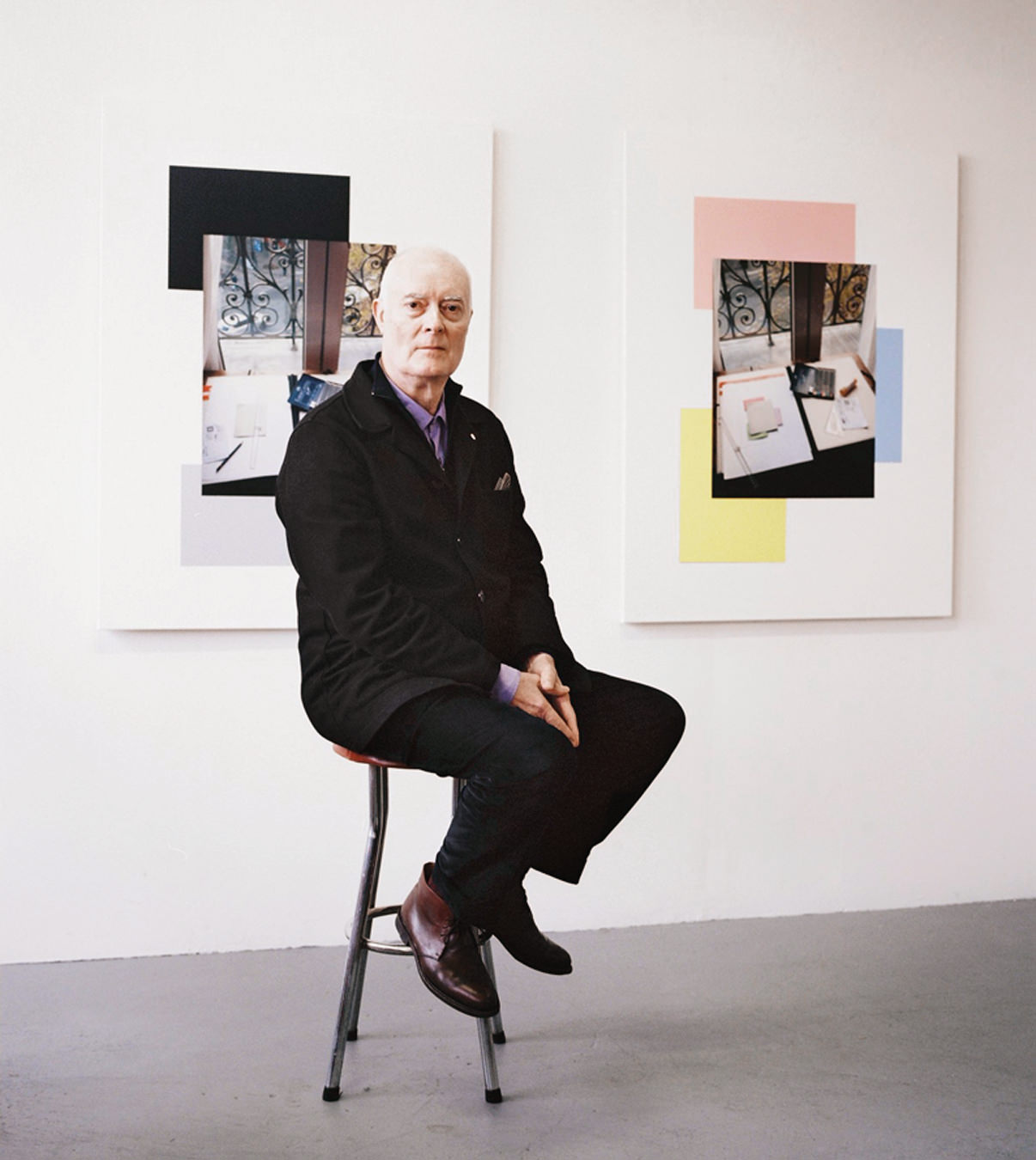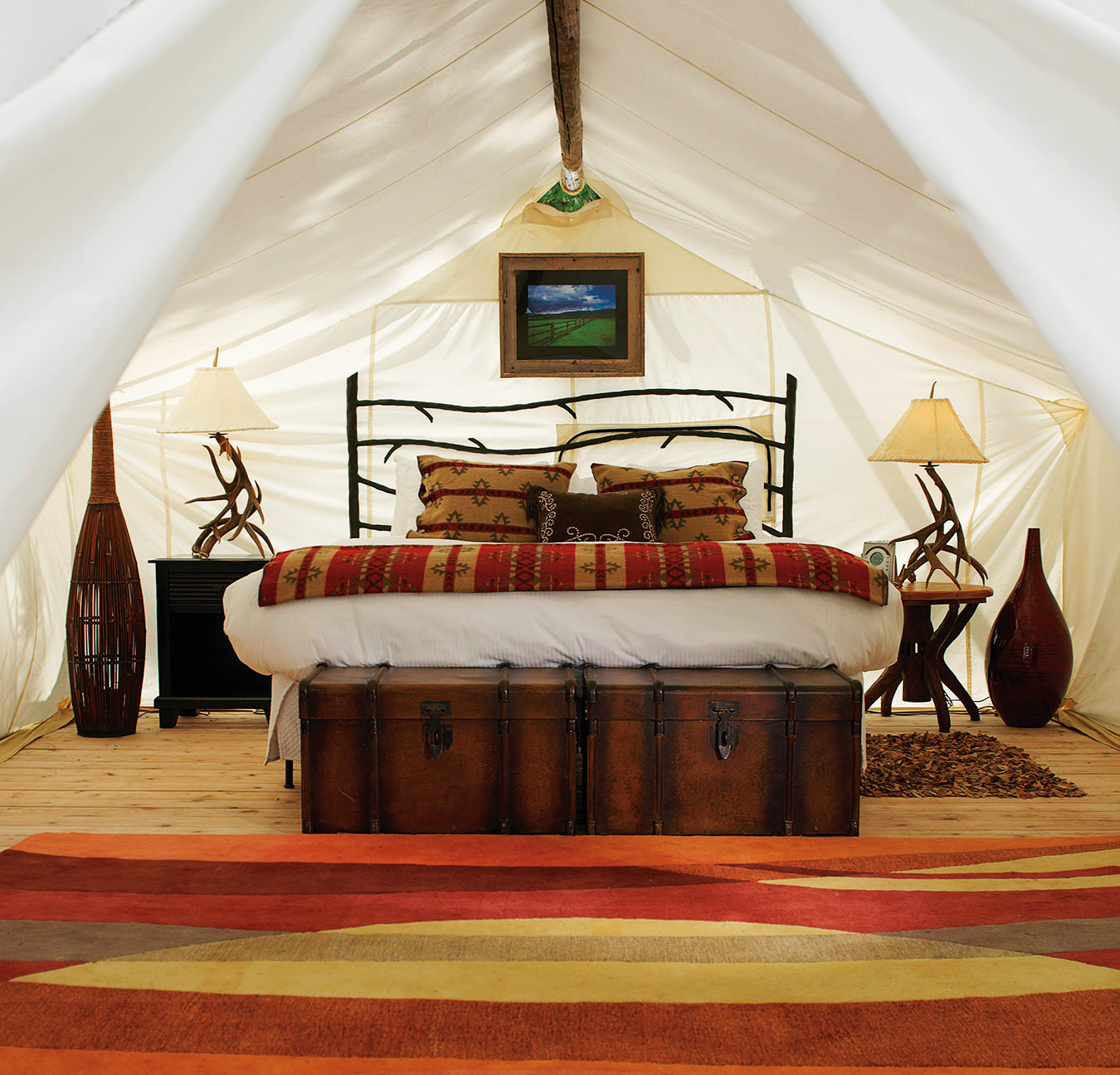Nature’s Healing Touch: How Cold-Water Immersion Is a Lifeline for Mental Health
And where you can experience Western Canada’s best cold plunges.
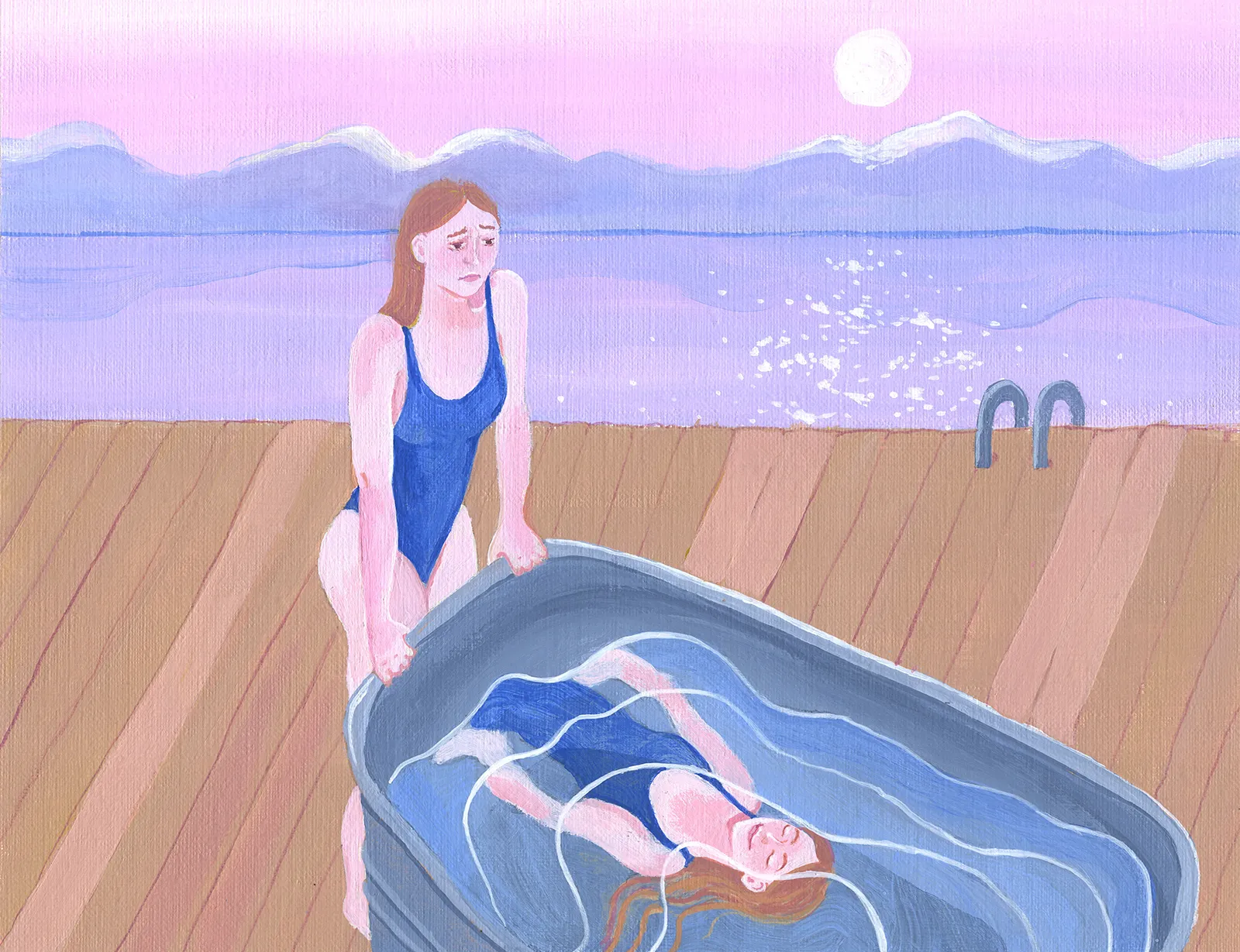
TW: This story mentions depression and suicidal ideation.
It’s 7 a.m., and dawn is just beginning to steal over the snow-dusted hills that ring Okanagan Lake. The usual iron-grey of the water—indicative of a deep January cold—is obsidian in the moonlight, and the only sound is the creak of the dock as it shifts and settles into the crisp morning.
The Löyly Floating Sauna has just opened for the day. One of the Okanagan’s most intriguing winter wellness attractions, in the heart of Kelowna, the charming Finnish-style building houses a cold plunge pool that is fed directly from the lake, a six-person sauna (seven if you want to get close and cozy during a private booking), and change rooms where you can rest and recover between hot-cold cycles.
It’s recommended to do at least three of these cycles to maximize the health benefits of cold plunging, and you may find that the employee on shift will dare you to begin your time in the pool, an act that is not for the faint of heart. Submersion in the cold plunge can last anywhere from a couple of seconds to several minutes, but intrepid individuals have been known to sit for up to 20 minutes at a time. This is followed by a few minutes in the waiting room to avoid shocking your system, and then five to 15 minutes working up a sweat in the sauna before repeating the cycle.
The floor-to-ceiling window in the sauna, and the gentle ebb and flow of the lake water in the cold plunge, allow you to reconnect with the beauty of nature without leaving the city. And regular cold-water immersion can have a positive effect on both physical and mental health.
Health Benefits of Cold Plunging
Anthony Lorubbio, a high altitude breathwork coach at Recal Travel, likens cold-water immersion to a “workout for your circulatory system.” When you engage in cold-water immersion, your blood vessels constrict to protect your organs, and when you warm up again—ideally in a sauna—the constriction relaxes. “This yin and yang of constriction and dilation is like strength training for our smooth muscle tissue of the vascular system and is a great way to improve overall circulatory health,” he says.
Extreme cold creates stress, and like other stressors, physical and mental, will send your body into fight or flight mode. “The cold gives you a chance to practise how you handle that situation,” Lorubbio says. “Over time, it becomes easier, and it starts to translate to other stressful moments and situations in life.”
He also notes that effective breathing, under the stress of cold, can help counteract the stress and calm your body down. He coaches clients at Recal to exhale when entering cold water. “When you exhale, you are sending the message to your body that it’s okay: ‘I am safe,’” he says. “Exhaling does so by slowing down your heart rate just slightly. If you can exhale for longer than you inhale, over time your body will calm down.”
As most of the benefits of cold plunging are realized in the first two minutes, the benefits of cold-water immersion are accessible for most people. “This is not a time challenge. Give your body the jolt it needs, but don’t stress it for too long,” Lorubbio says. He also emphasizes that the warmup is as important as the cold-water immersion. Lorubbio recommends that for every one minute that you are in the cold, you should take two minutes to warm up again.
And the health benefits are numerous: cold-water immersion not only helps boost your immune system, it also “kickstarts your metabolism as a way to generate heat, reduces inflammation to improve recovery for sore muscles,” and it releases what Lorubbio refers to as a “cocktail of hormones” that includes adrenaline, dopamine, and endorphins. It’s a combination that, if nothing else, will leave you feeling good for the rest of the day.
A Sanctuary in Nature
The glacier-fed water digs its frigid fingers into my skin and pulls me under the surface. My feet scrabble on the smooth, timeworn stones and rough dirt, my arms thrashing into the icy void. The immersion lasts only a minute, but a minute is all I need to silence the intrusive thoughts and the suicidal ideations that I’ve struggled with almost all my life.
I resurface and drag my trembling body out to the snow, my skin now resembling that of a plucked chicken. I suck thin mountain air into my heaving lungs as I feel my body pulse with an unfamiliar energy. I am alive, and more importantly, I want to be alive. I am one with myself here. And it’s a feeling I can’t quite replicate doing anything else.
The Lodge at Bow Lake (formerly Num-Ti-Jah Lodge) is an upscale mountain retreat tucked into the shadow of Mount Jimmy Simpson, named for the intrepid mountain guide who built the first cabin here over 100 years ago, found along one of Canada’s most famous drives: The Icefields Parkway in Alberta.
I’ve just resurfaced from the icy hold of the creek behind the rustic sauna where I will warm chilled bones: the cold plunge immersion is just one of the wellness offerings the lodge provides. The all-inclusive experience is a complete disconnect from the hustle and bustle of the modern world. There’s no Wi-Fi in the lodge and no televisions in the rooms. Instead, guests read next to a crackling fire, sip coffee while gazing out the window at the surrounding peaks and glaciers, or plunge into the frigid water of the lake. It’s the perfect place to escape, to reconnect with nature, to find sanctuary in the snow and ice.
The World Health Organization (WHO) reports that approximately 280 million people per year are affected by depression, and mental health is among the 10 leading causes of disability in both developed and developing countries. Studies demonstrate that nature-based therapy, including cold water immersion, helps people who struggle with their mental health.
Peggy Goetz, a licensed independent clinical social worker, always recommends time in nature to combat depression and anxiety. “Why don’t we see advertisements for increasing time in nature? Why do we see ads upon ads of medication for mood management?” she asks. “Nature is not a slick marketer. It just is. It waits for us to breathe, to explore, to just sit quietly with cascading thoughts, and to bring those thoughts into sensory moments amidst a moving meditation.”
Time in nature has always felt meditative to me, and I began cold plunging whenever I encountered a glacier-fed lake while hiking in the Rocky Mountains. It started out as an escape, but little did I know that it would become a lifeline that I continue to grasp whenever life begins to feel a bit too overwhelming, and my brain becomes a bit too crowded with depressive and anxious thoughts.
When I break for a third time through the frigid surface of the creek that feeds Bow Lake, alternating the heat of the sauna with an icy plunge, adrenaline is coursing through my body, and I feel as if I can take on the world again. I’m stronger, I’m focused, and I’m no longer afraid.
Other Notable Cold Plunging Experiences in Western Canada

Lac Beauvert, at Fairmont Jasper Park Lodge, is a picturesque spot for glacial plunging. With its glacier-fed waters and spectacular mountain views, it offers a refreshing (and breathtaking) escape. Guests can enhance their cold-water immersion experience with access to the lodge’s spa, featuring a eucalyptus steam room, indoor/outdoor pool, and hot tub, creating a perfect blend of relaxation and immersion in the surrounding natural beauty.
___
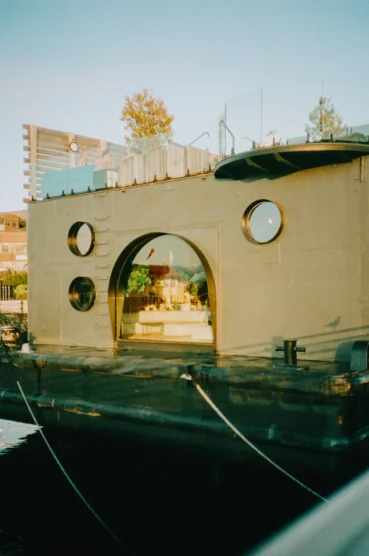
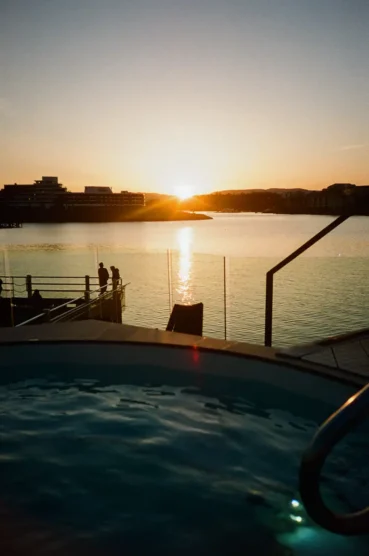
Perched on the edge of Victoria’s harbour, this floating paradise is a literal haven for cold plunging enthusiasts. With three saunas, two cold pools, and two hot tubs—alongside endless ocean views—the “free-flow” experience allows guests to do whatever feels best for them. This can include soaking in a hot tub to unwind after a stressful day, boosting your immune system by cycling through hot and cold rotations in the cold plunge and dry sauna, or simply spending a quiet moment in the relaxation cabin.
___
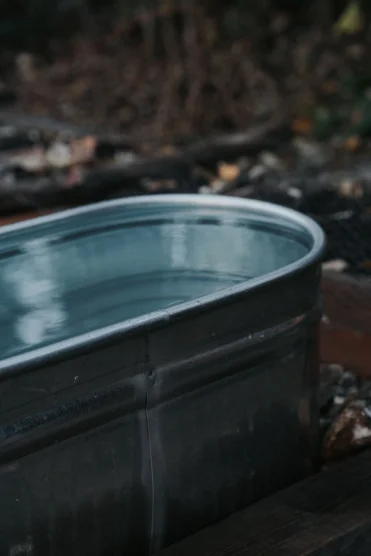
While booking one of the four charming cabins at White Lake Cabins is a must-do if in the Shuswap region, this cozy resort also books hydrotherapy sessions where nonguests can experience the sauna and cold plunge for themselves. The Nordic-inspired space encourages visitors to spend 10 to 15 minutes in the sauna, followed by a three-minute ice bath and then cycling through the process until ending with a cold plunge. There is also the option to take a thrilling plunge into the crystal-clear water of the lake to fully commune with the spectacular natural setting of the resort.
___
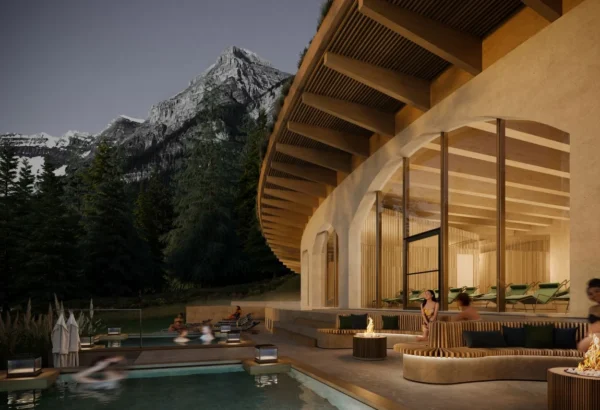
New for 2025
Fairmont Chateau Lake Louise has just unveiled Basin Glacial Waters, its “alpine-wrapped” take on the Nordic thermal spa, opening in time for the summer 2025 season.
As Lake Louise is one of Canada’s most iconic lakes, the news of the brand-new spa has been highly anticipated, and while Banff and Lake Louise don’t lack summer visitors, according to Kim Logan, the senior manager of media and influencer relations for Banff, Lake Louise, the hope is that this will also encourage travel to this well-known destination in the shoulder and winter seasons as well.
The indoor-outdoor lakeside thermal bathing facility has been designed to meld naturally into its alpine surroundings, and with sprawling mountain and lake views, it includes dry heat and steam saunas, an infinity pool that spills onto the outdoor deck, a thermal bathing circuit, a reflexology pool, a waterfall feature pool, and an ice-temperature plunge along with a cold bucket drop.



